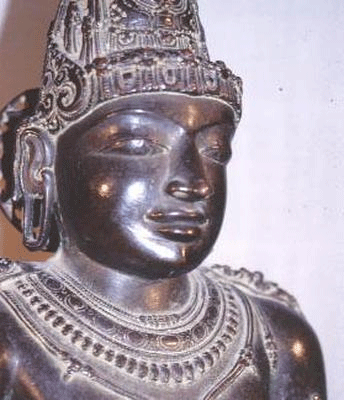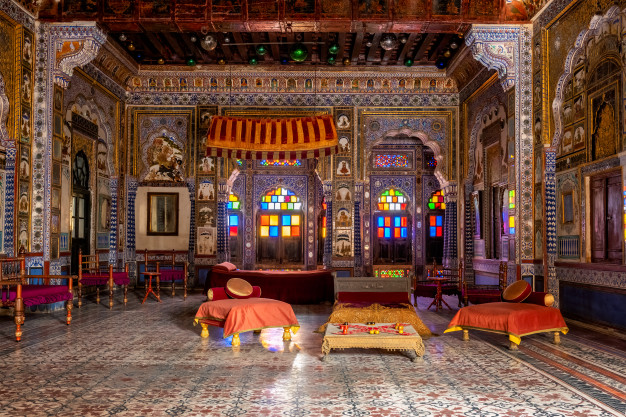Indian history has seen many great dynasties, their powers, rising, and falling and the uniqueness of multiple dynasties makes India different from other countries.
Here we are presenting list of famous Indian dynasties so let’s have a closer look at that:-
Mauryan Empire

The famous Mauryan Empire was established by Chandragupta Maurya from 321 BC to 185 BC. It was a politically powerful and military Empire in India.
Maurya Empire was considered as the largest Empire to rule the Indian subcontinent. The army in the Maurya Empire was raised with the assistance of Chanakya (author of Arthashastra).
The estimated population of the Empire was about 50 – 60 million making the modern Empire the most populous empires of Antiquity.
Ashoka, the Great was an Emperor of the Maurya dynasty who ruled almost the entire Indian continent. In today’s modern India, the national emblem is the Lion, Capital of Ashoka at Sarnath.
Kushan Empire

Kushan Empire was one of the oldest empires of India. It ruled for three centuries, between 30 CE to 375 CE. It has been said that the Kushan dynasty has diplomatic contacts with other empires such as Sasanian Persia, Roman Empire, and the Aksumite Empire.
The Kushan Empire was known as the center of trade relations between China and the Roman Empire. With that, the Kushan dynasty was considered as the center point of the major civilizations.
Gupta Empire

The Gupta empire period was known as the “golden age” or “classical age” of ancient India and was the most prosperous period in Indian history.
This empire ruled for more than 200 years. Chandragupta was the first prominent ruler to assumed the title of “Maharajadhiraja”.
He strengthened his kingdom by matrimonial alliances with the powerful families of lichchhers who were the rulers of Mithila. This marriage brought enormous power, resources, and prestige.
The famous thing about this period was cultural development during the time of Chandragupta II, Kumargupta, and Samudargupta. This empire came to an end because of factors like loss of territory and imperial authority.
Maratha Empire

The Maratha Empire was a powerful empire that influenced a large number of people in the Indian subcontinent in the 18th century.
This empire came into existence from 1674 with the crowning of Shivaji as the Chhatrapati and ended with the defeat of Peshwa Bajirao II in 1818. The credit for ending Mughal rule over most of India goes to Marathas.
The one thing that makes the Maratha Empire different from others was that it did not follow the caste system. Maratha’s policy of religious tolerance gave the same significance to Hindu interest and against the expanding Mughal influences.
Cholas Dynasty

Cholas dynasty or also called cola. This dynasty was located near the rich Kaveri River valley; Uraiyur is its oldest capital.
The Cholas territories stretched from the Maldives islands in the south to the banks of the Godavari between and 1010 – 1153.
The information of the Cholas is mainly available in Tamil literature of the Sangam period. Vijayala was the founder of the Chola dynasty. This dynasty was at its higher point during the medieval period.
The greatest ruler of the Chola dynasty, Rajaraja Chola and Rajendra Chola 1, extracted it to the limits.
Satavahana Dynasty

In the present day, the Satavahana dynasty is mainly comprised Telangana, Maharashtra, and Andhra Pradesh.
Satavahana dynasty has played an important role in forming a cultural bridge to transfer the ideas from the indo-Gangetic plan to the Southern tip of India.
They propagated Buddhism, Hinduism, and patronized Prakrit literature. This dynasty followed the guidelines of the Shastras.
The Satavahana dynasty era was mainly inscribed in three types – Nagara (city), Gama (village), and Nigama (market).
Pallava Dynasty

The Pallava dynasty existed from 275 CE to 897 CE, dominating the part of Southern India.
Pallavas was famous for its architecture, the biggest example we can see the shore of the temple, a UNESCO world heritage site in Mahabalipuram.
The word Pallava refers to a” branch in Sanskrit” or “creeper”. Pallava was defeated by the Aditya 1 Chola ruler in the 9th century CE.
The capital of Pallava was Kancheepuram. Pallavas became the major power during the time of Mahendravarman and Narasimhavaram and influenced the Tamil region for almost 600 years until the end of the 9th century.





